Abstract
After the resection of oral tumor, defected maxillofacial structure caused functional difficulties including phonetics, mastication and esthetic aspects. In this cases, implant retained prosthesis can contribute to the functional enhancement. Regardless of the success rate in grafted bone, however, the soft tissue usually had a shape which was susceptible to inflammation. Moreover, infected graft bone presented rapid destruction. For success of the prosthetic treatment, adequate soft tissue treatment and frequent recall check are the essential factors to the successful implant prognosis. (J Korean Acad Prosthodont 2017;55:458-66)
Go to : 
REFERENCES
1.Beumer J. Maxillofacial rehabilitation: prosthodontic and surgical considerations. St. Louis: Ishiyaku EuroAmerica, Co.;1996.
2.Garrett N., Roumanas ED., Blackwell KE., Freymiller E., Abemayor E., Wong WK., Gerratt B., Berke G., Beumer J 3rd., Kapur KK. Efficacy of conventional and implant-supported mandibular resection prostheses: study overview and treatment outcomes. J Prosthet Dent. 2006. 96:13–24.

3.Tang JA., Rieger JM., Wolfaardt JF. A review of functional outcomes related to prosthetic treatment after maxillary and mandibular reconstruction in patients with head and neck cancer. Int J Prosthodont. 2008. 21:337–54.
4.Bodard AG., Bémer J., Gourmet R., Lucas R., Coroller J., Salino S., Breton P. Dental implants and free fibula flap: 23 patients. Rev Stomatol Chir Maxillofac. 2011. 112:e1–4.
5.Bodard AG., Salino S., Desoutter A., Deneuve S. Assessment of functional improvement with implant-supported prosthetic rehabilitation after mandibular reconstruction with a microvascular free fibula flap: A study of 25 patients. J Prosthet Dent. 2015. 113:140–5.

6.Parbo N., Murra NT., Andersen K., Buhl J., Kiil B., Nørholt SE. Outcome of partial mandibular reconstruction with fibula grafts and implant-supported prostheses. Int J Oral Maxillofac Surg. 2013. 42:1403–8.

7.Chiapasco M., Colletti G., Romeo E., Zaniboni M., Brusati R. Longterm results of mandibular reconstruction with autogenous bone grafts and oral implants after tumor resection. Clin Oral Implants Res. 2008. 19:1074–80.

8.Zou D., Huang W., Wang F., Wang S., Zhang Z., Zhang C., Kaigler D., Wu Y. Autologous ilium grafts: Long-term results on immediate or staged functional rehabilitation of mandibular segmental de-fects using dental implants after tumor resection. Clin Implant Dent Relat Res. 2015. 17:779–89.

9.Raoul G., Ruhin B., Briki S., Lauwers L., Haurou Patou G., Capet JP., Maes JM., Ferri J. Microsurgical reconstruction of the jaw with fibular grafts and implants. J Craniofac Surg. 2009. 20:2105–17.

10.Smith GI., O'Brien CJ., Choy ET., Andruchow JL., Gao K. Clinical outcome and technical aspects of 263 radial forearm free flaps used in reconstruction of the oral cavity. Br J Oral Maxillofac Surg. 2005. 43:199–204.

11.Goodacre CJ., Garbacea A., Naylor WP., Daher T., Marchack CB., Lowry J. CAD/CAM fabricated complete dentures: concepts and clinical methods of obtaining required morphological data. J Prosthet Dent. 2012. 107:34–46.

Go to : 
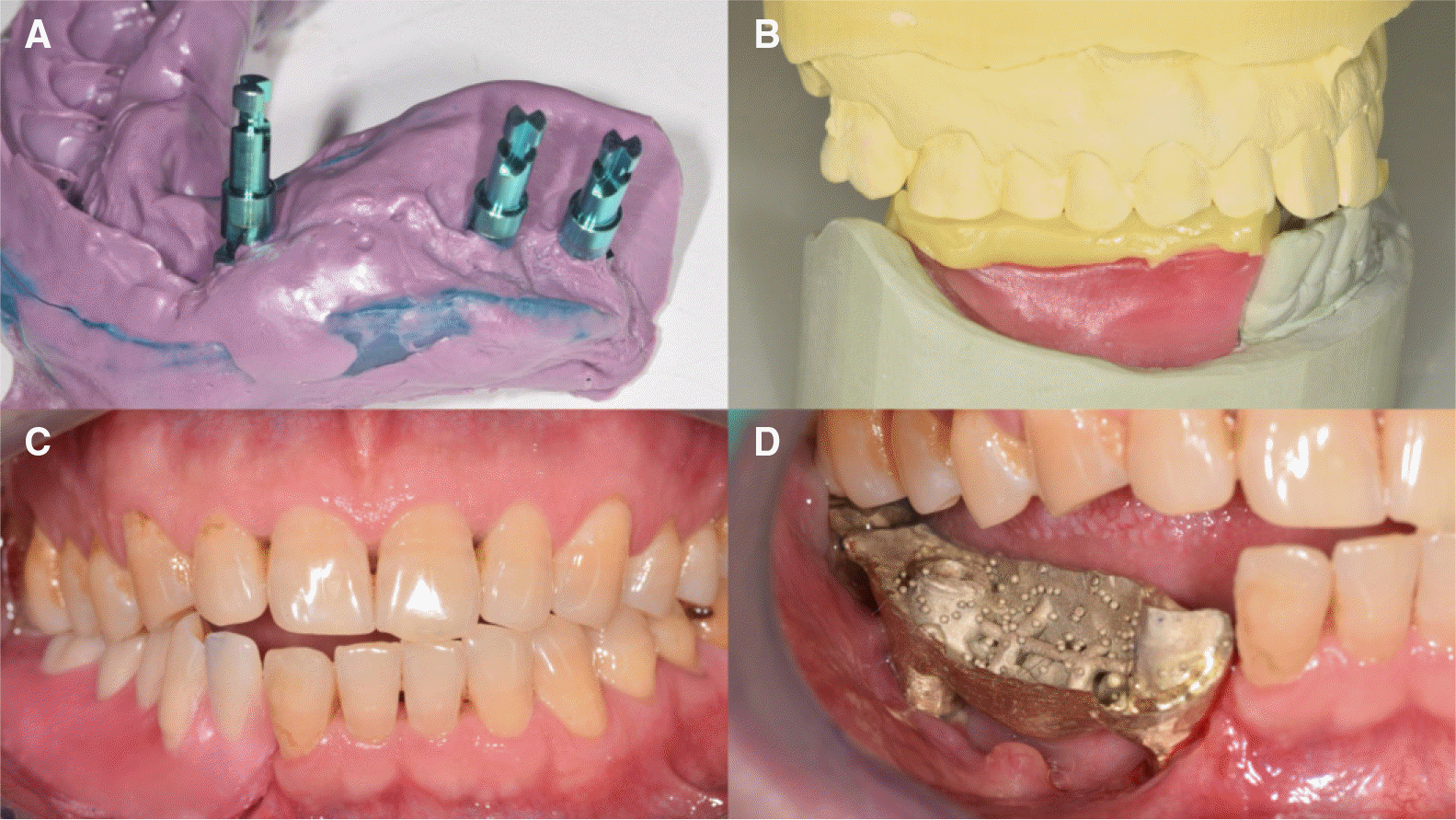 | Fig. 4.Restorative procedures. (A) Impression taking, (B) Interocclusal relationship registration, (C) Wax-denture try-in, (D) Framework try-in. |
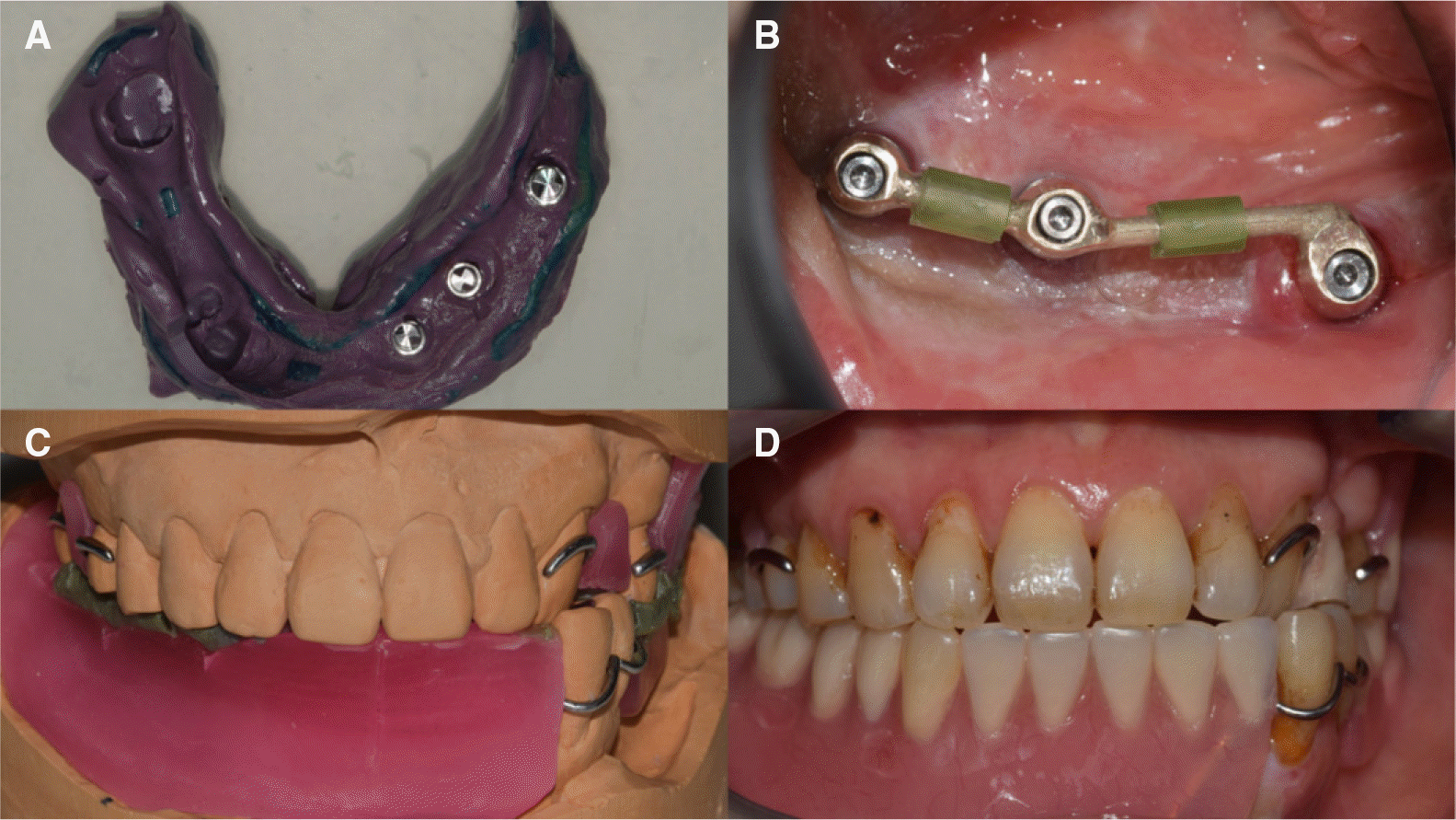 | Fig. 10.Restorative procedures. (A) Impression taking, (B) Hader bar attachment, (C) Interocclusal relationship registration, (D) Definitive prosthesis. |
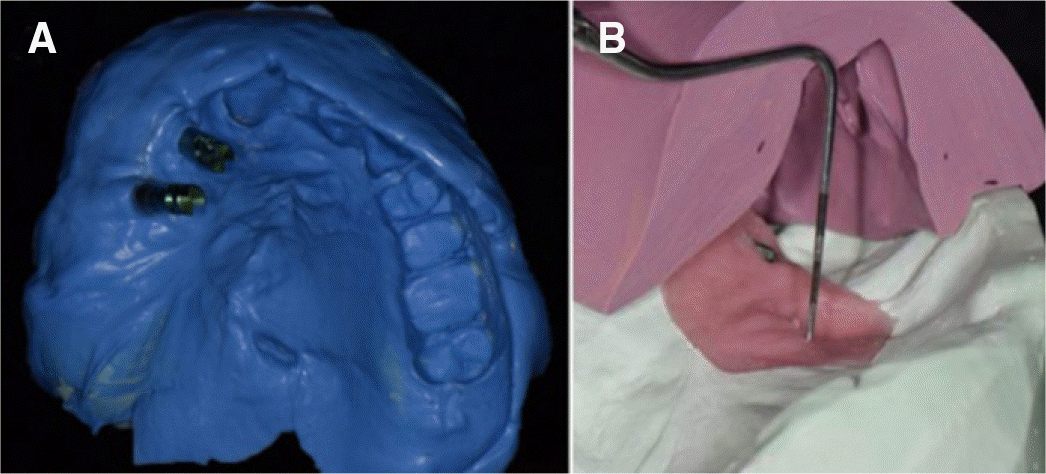 | Fig. 16.Restorative procedures. (A) Implant level impression, (B) Evaluation of attachment space. |
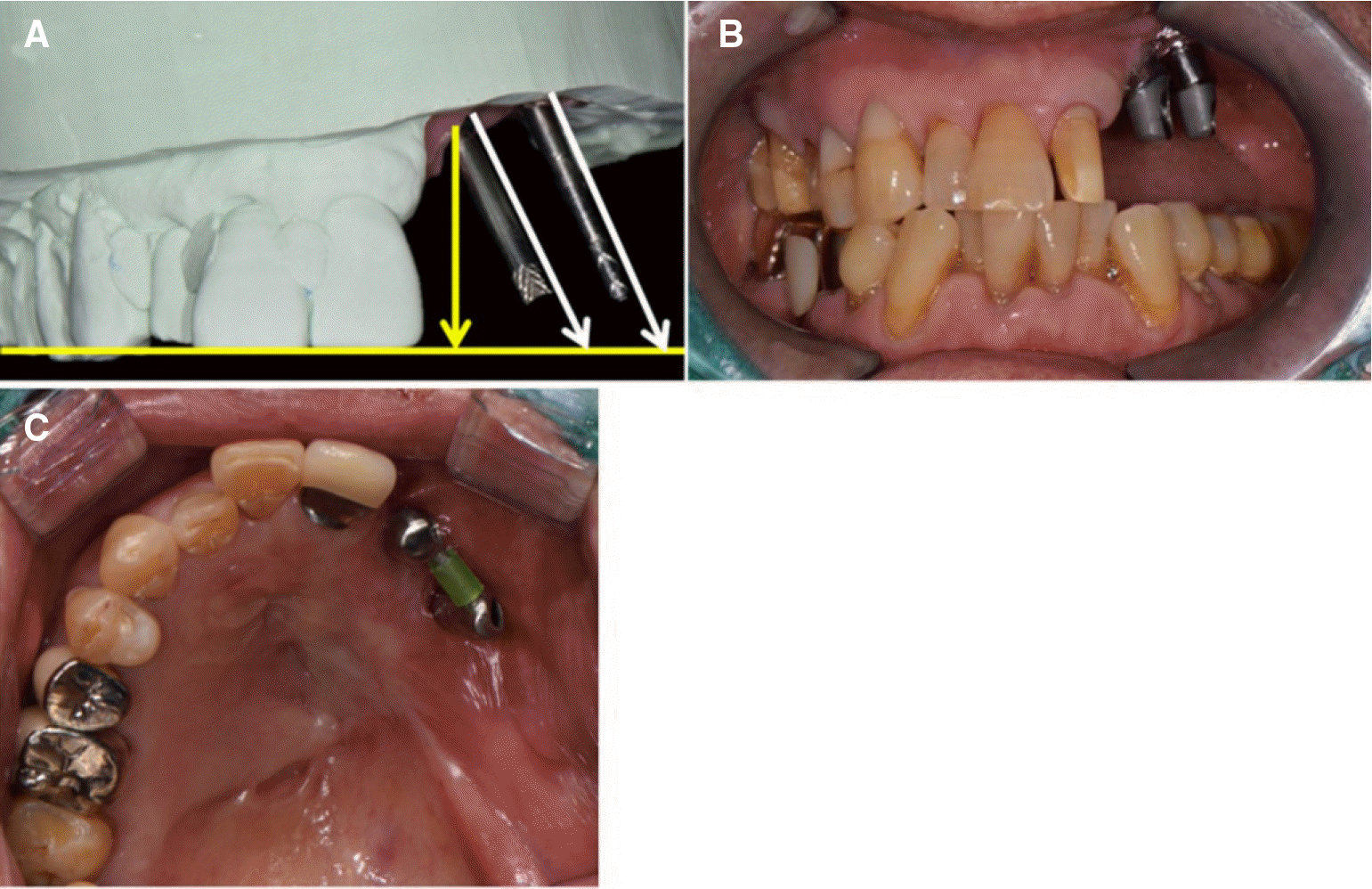 | Fig. 17.Customized abutment fabrication. (A) Implant installation axis, (B) Fabricated customized abutment, (C) Hader bar attachment. |




 PDF
PDF ePub
ePub Citation
Citation Print
Print


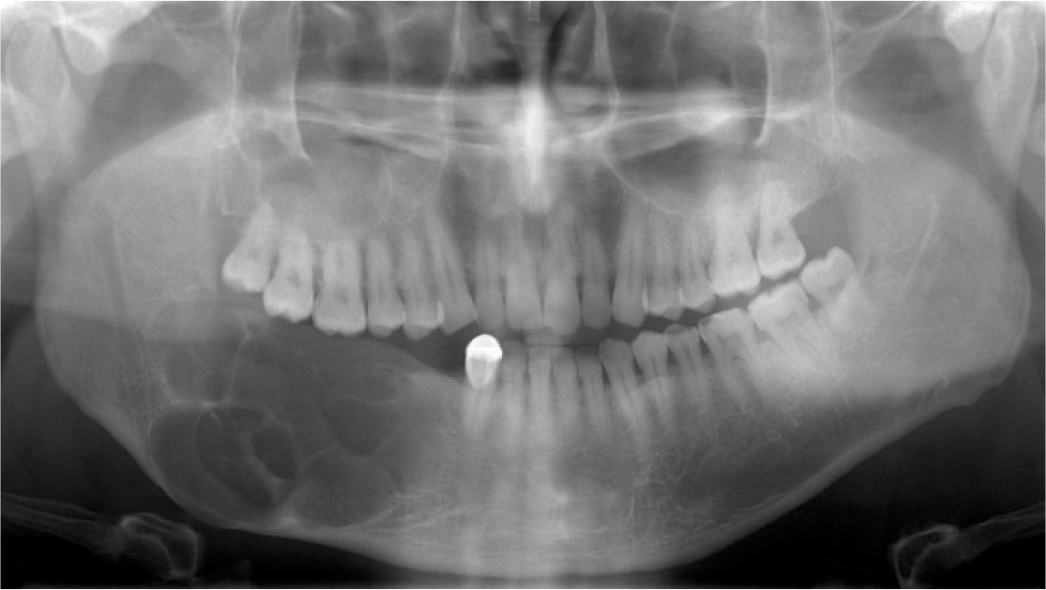
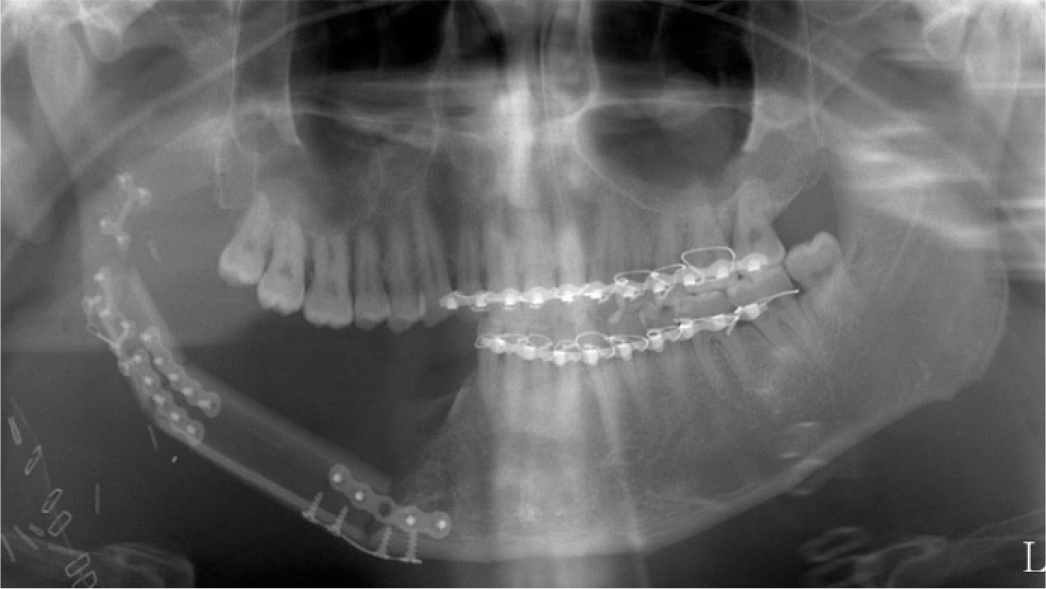
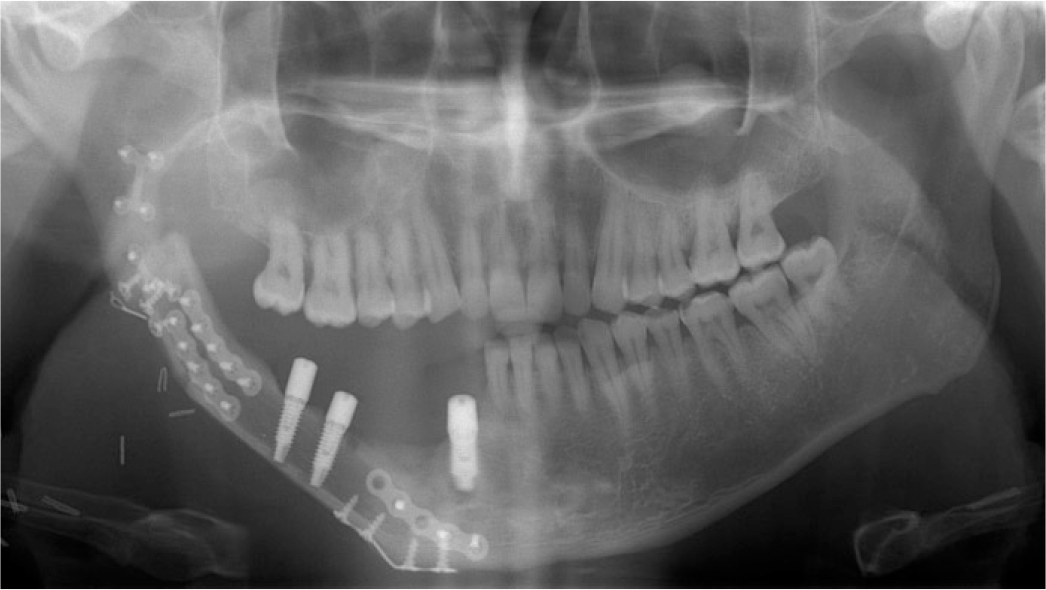
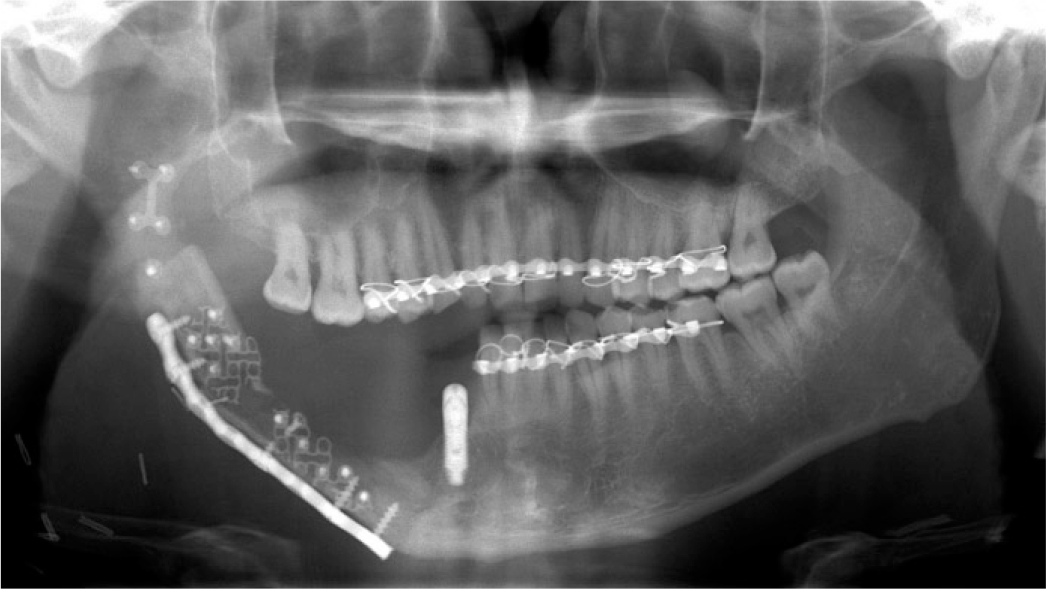
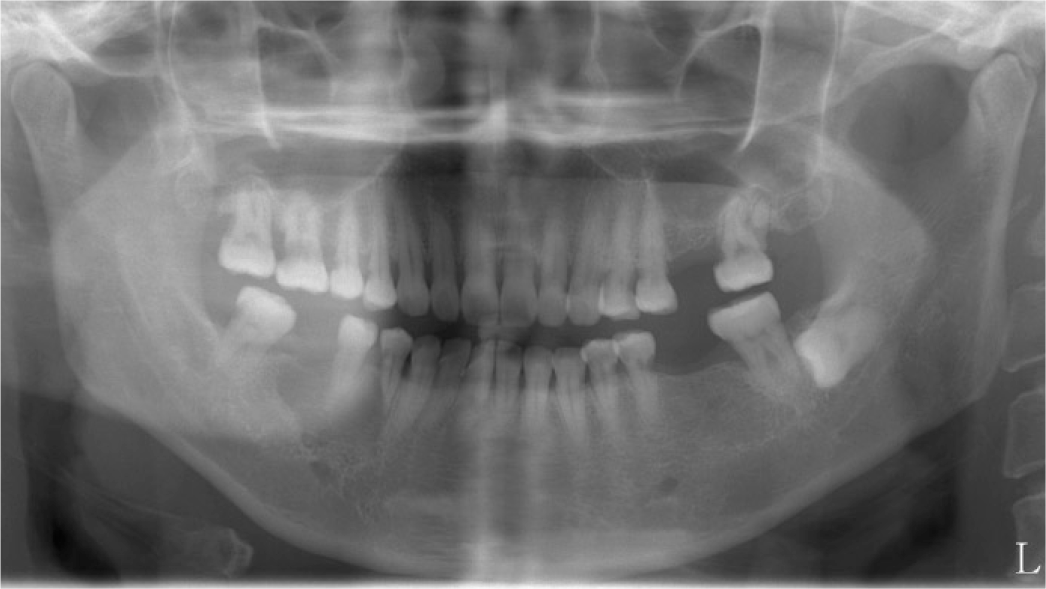
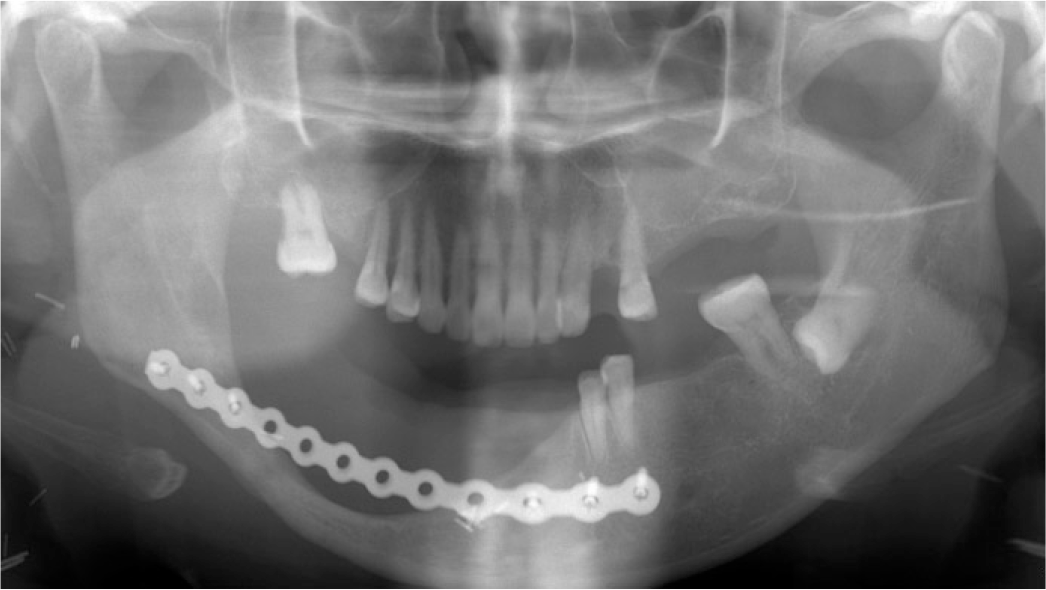
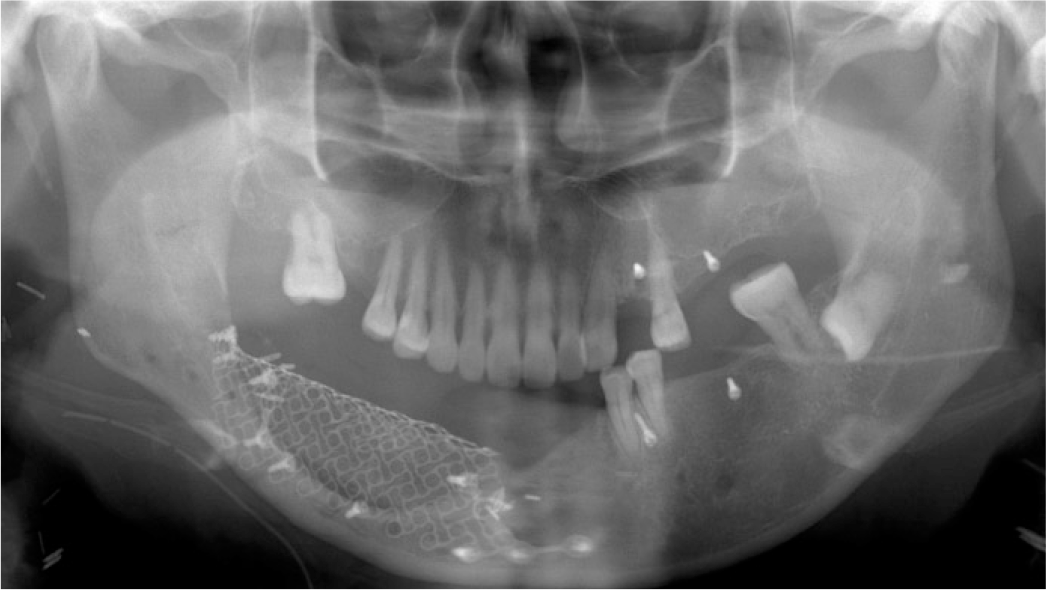
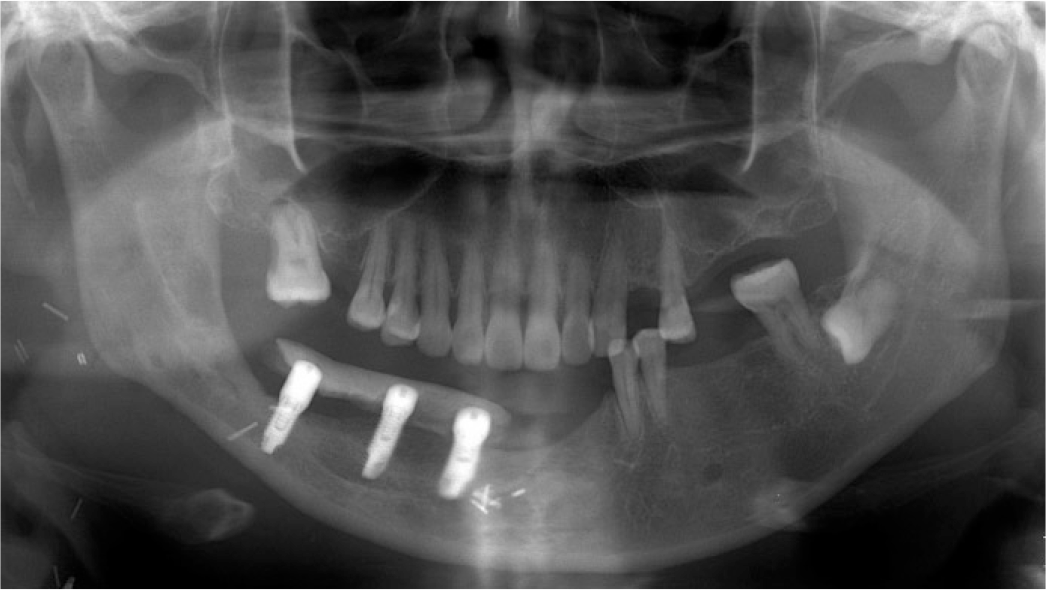

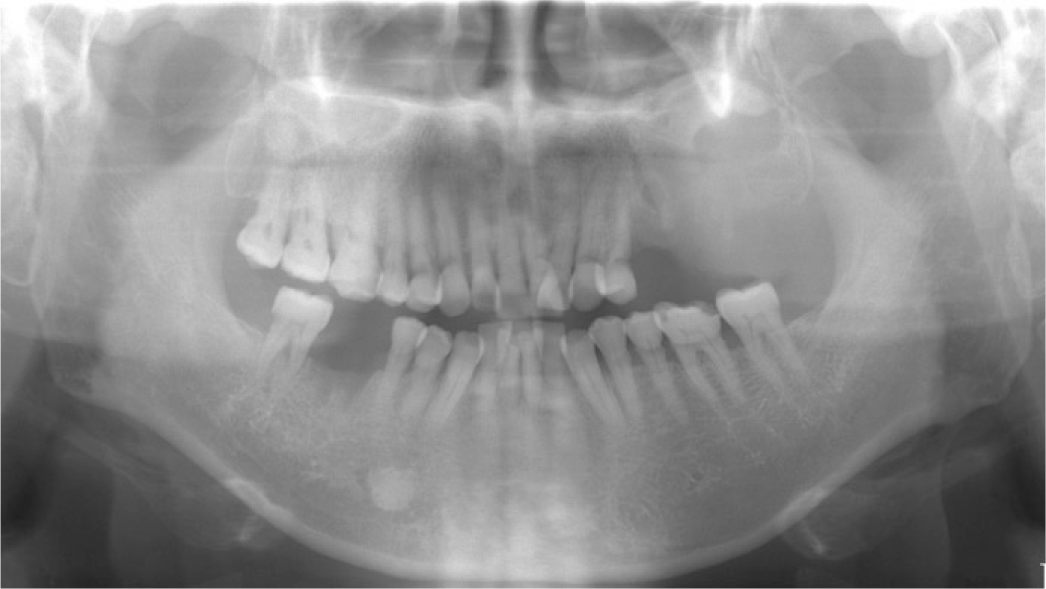
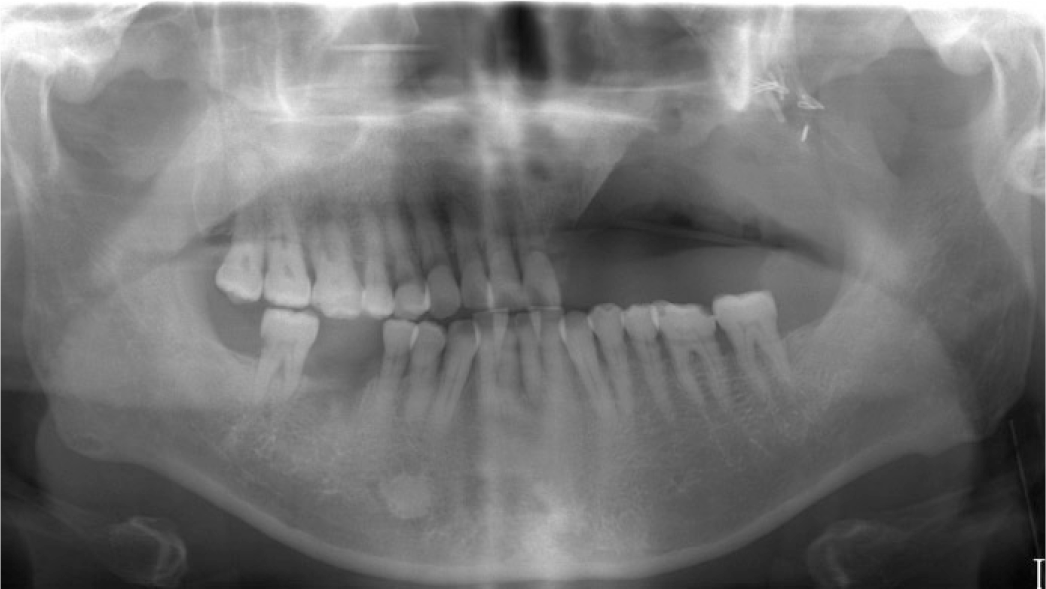
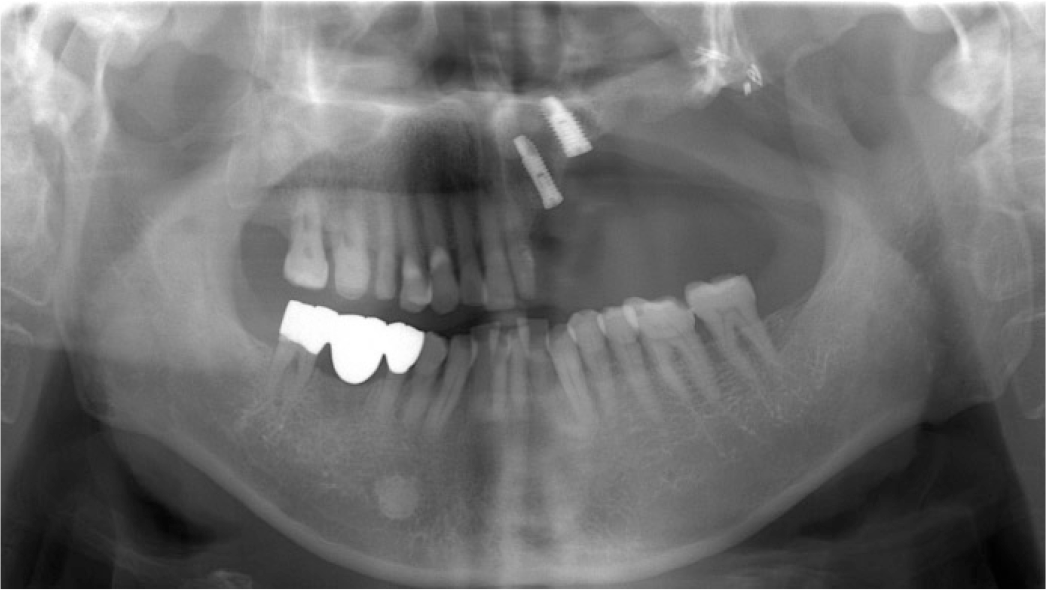
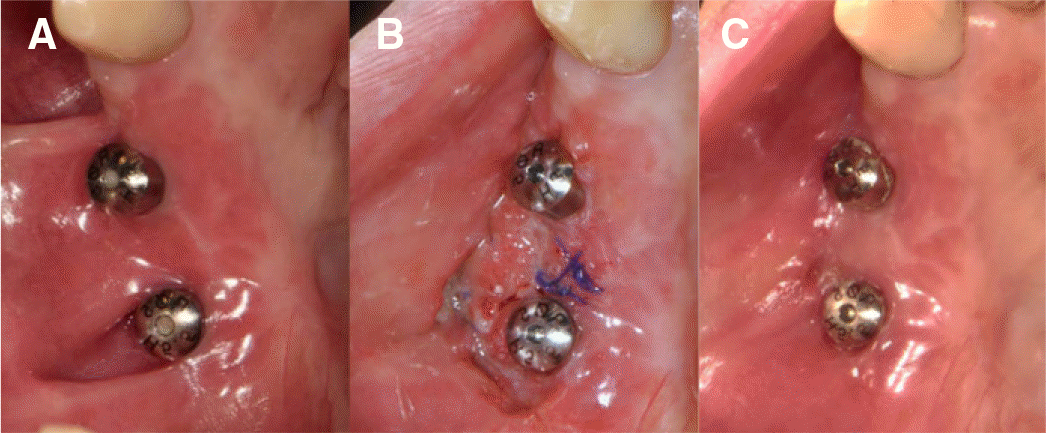

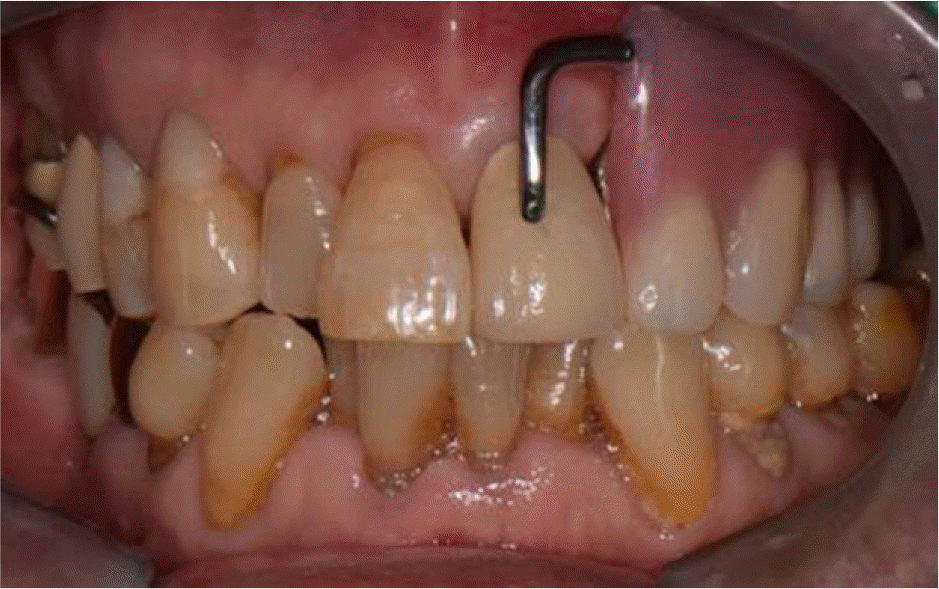
 XML Download
XML Download